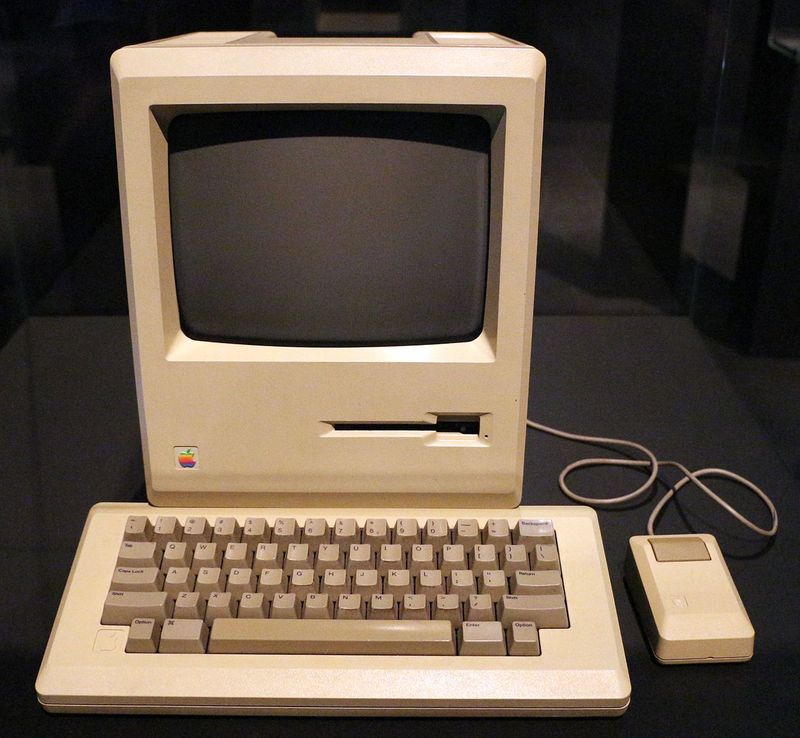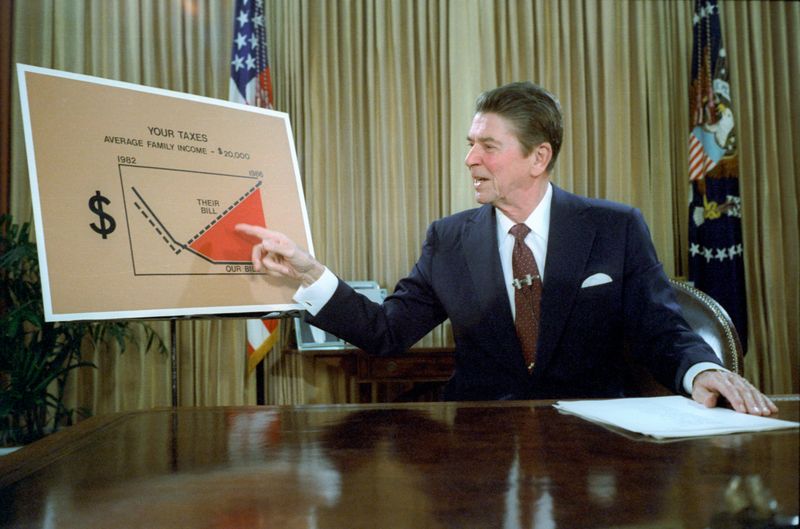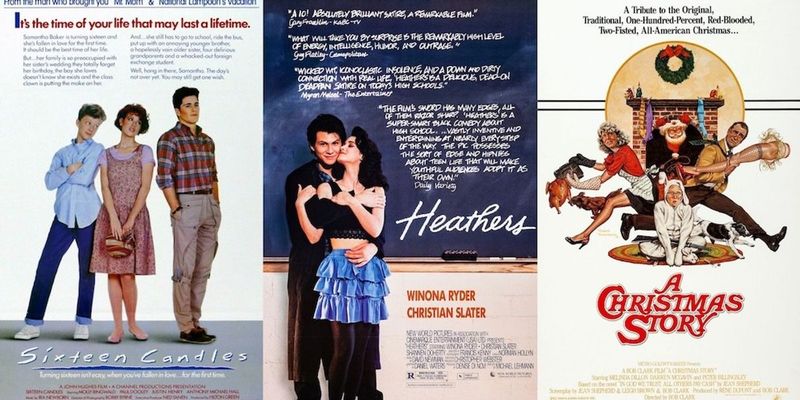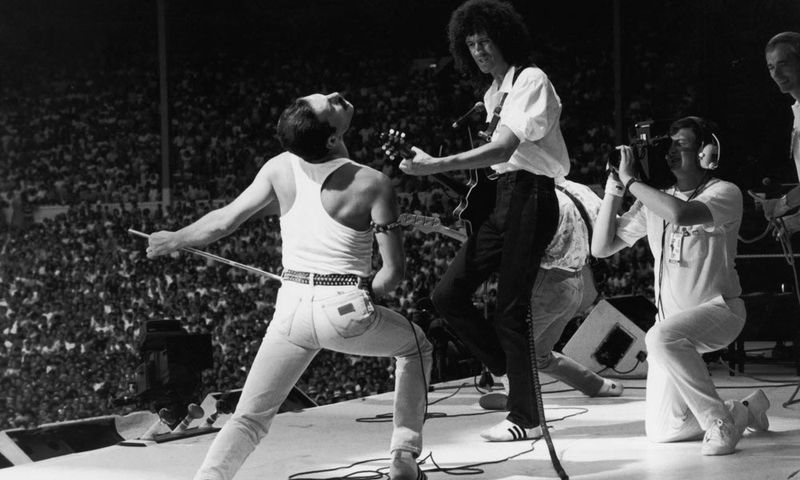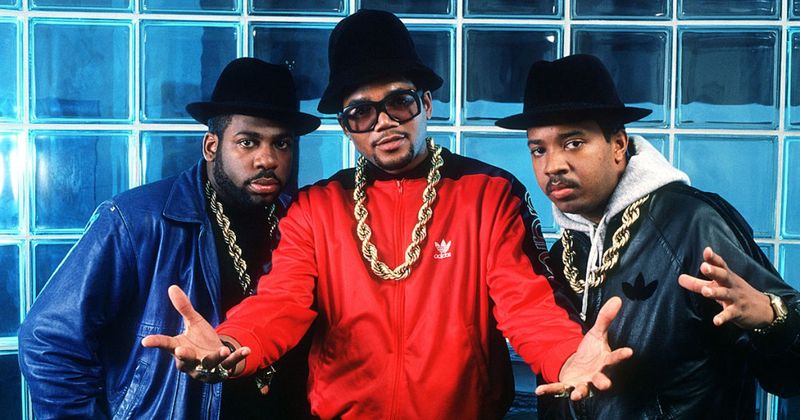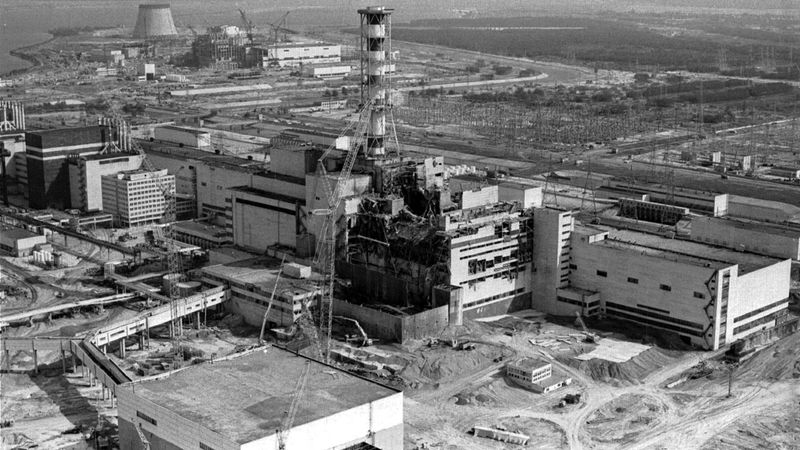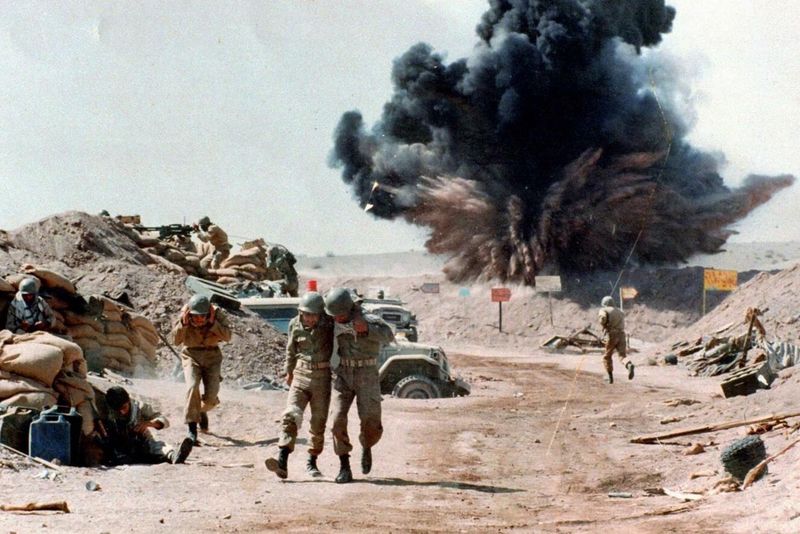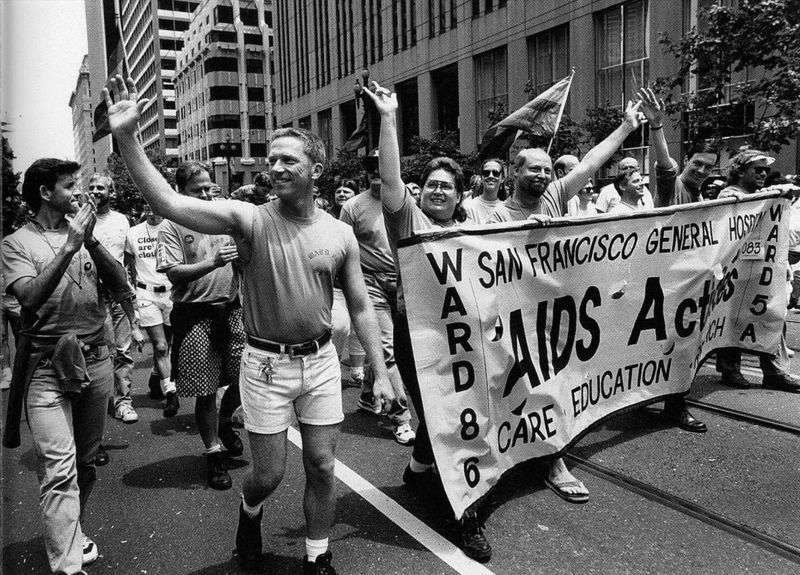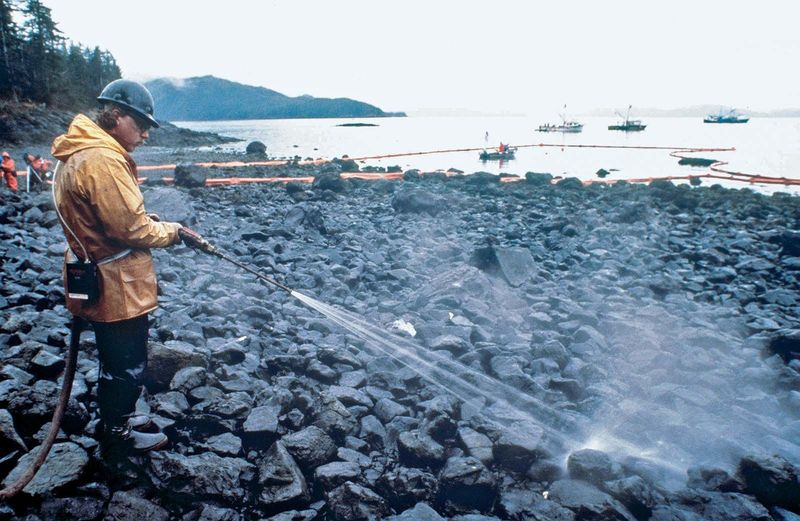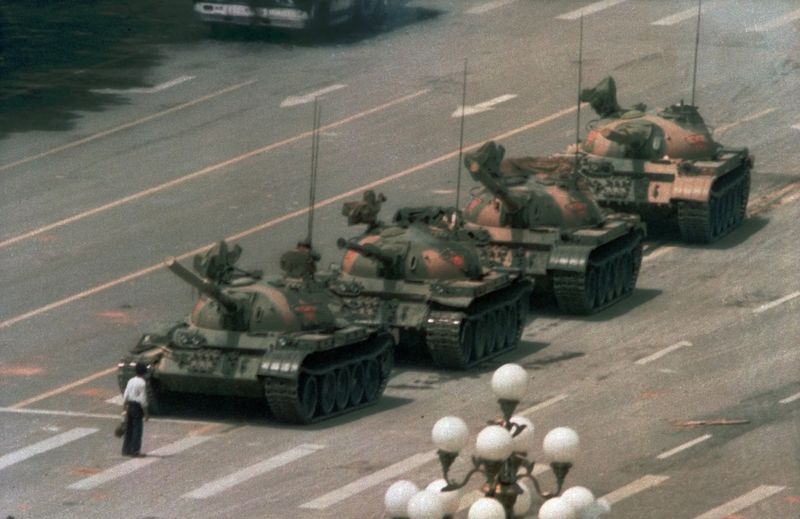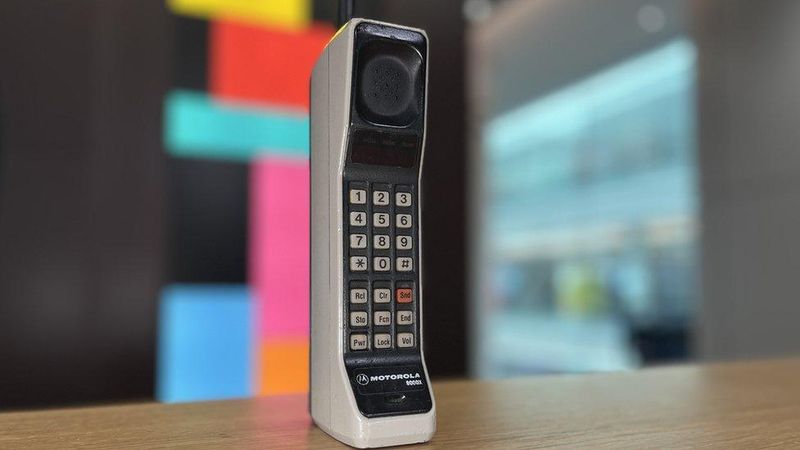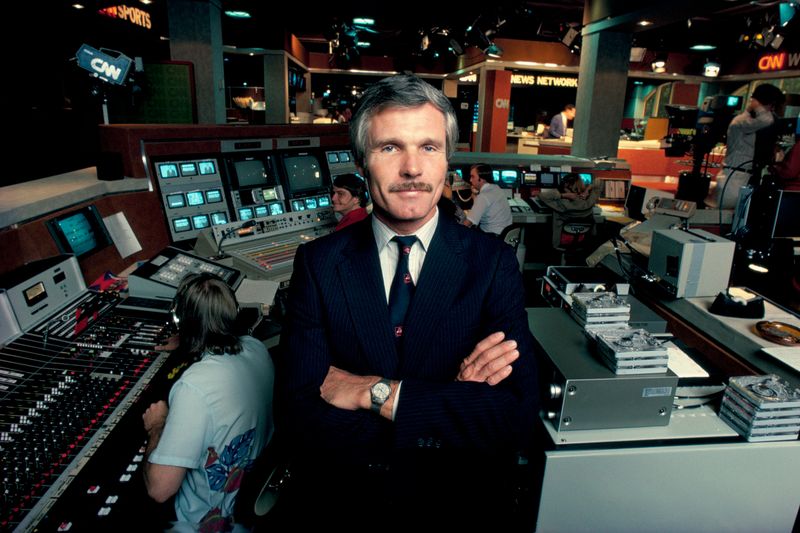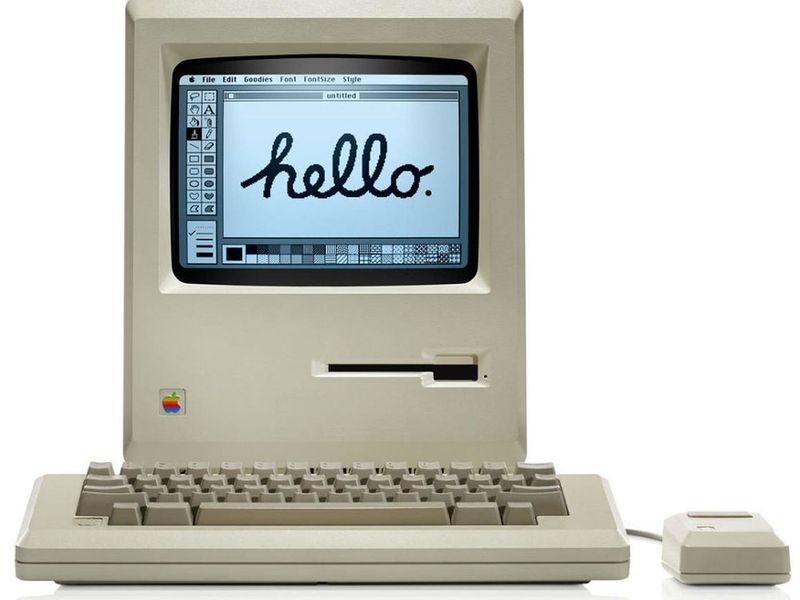The 1980s is often remembered for its vibrant pop culture, marked by neon colors, big hair, and iconic music. However, the decade is also shrouded in myths that have skewed our understanding of the era. Alongside these myths are real moments that shaped the 80s, influencing everything from politics to technology. This article seeks to debunk six common myths about 80s culture while highlighting fifteen defining moments that truly encapsulate the spirit and legacy of the decade. Dive into this journey through time to discover the truth about one of history’s most colorful eras.
1. Myth: Everyone Wore Neon
Neon colors are synonymous with the 80s, but not everyone wore them. While vibrant hues were popular in media, everyday fashion was more subdued. Earth tones, denim, and leather jackets were common. Pop culture amplified the neon trend, leading many to believe it was universal. In reality, fashion varied widely across different groups and regions. The media’s focus on celebrities and music videos contributed to this exaggerated notion. Many embraced a more understated style, reflecting personal taste rather than trends. This myth overlooks the true diversity of 80s fashion, which included many sartorial choices.
2. Myth: All Music Was Synth-Pop
Synth-pop became a symbol of the 80s, but it was far from the only genre. Rock, hip-hop, and heavy metal also thrived. Artists like Bruce Springsteen and bands like Metallica brought diverse sounds to the forefront. MTV popularized synth-pop, overshadowing other genres for some audiences. However, the decade’s music landscape was rich and varied, impacting future generations. The rise of rap and alternative rock began in this era, challenging the mainstream. This myth simplifies a multifaceted musical decade that was bursting with creativity and innovation across genres.
3. Myth: 80s Technology Was Primitive
Contrary to belief, the 80s were technologically innovative. Personal computers, mobile phones, and gaming consoles emerged during this time. The Apple Macintosh and IBM PC revolutionized computing. Sony Walkman changed how people listened to music on the go. Though primitive by today’s standards, these technologies laid the groundwork for future advancements. The era witnessed the birth of video games and home computing, shaping modern digital life. While tech was less advanced, it was groundbreaking. The 80s was a period of rapid development, setting the stage for the digital age.
4. Myth: The 80s Was a Superficial Decade
The 80s is often seen as a shallow era focused on appearance, but it was also a time of social and political change. Movements for equality and environmental awareness gained momentum. The AIDS crisis brought public health to the forefront, sparking activism and compassion. Artists like Madonna and Prince challenged societal norms through their music and personas. Beneath the surface of glam and glitz, a deeper cultural shift was unfolding. The decade’s complexity is often overshadowed by its flashy stereotypes, but it was a pivotal period for growth and transformation.
5. Myth: Everyone Loved Ronald Reagan
Ronald Reagan remains an iconic figure of the 80s, but not everyone adored him. His policies were polarizing, sparking debates on economy and foreign affairs. Reaganomics, a hallmark of his presidency, faced criticism for benefiting the wealthy. His handling of the Cold War received mixed reviews, with some praising his stance against communism while others feared nuclear escalation. The Iran-Contra affair further divided public opinion. This myth ignores the nuanced political landscape of the era, where Reagan’s legacy was both celebrated and contested, reflecting a range of perspectives.
6. Myth: 80s Movies Were All Blockbusters
The 80s are known for blockbuster hits, but indie films and cult classics also thrived. While films like “E.T.” and “Back to the Future” dominated box offices, directors like John Hughes created beloved teen dramas. Independent filmmakers pushed creative boundaries, offering fresh perspectives. Movies like “Heathers” and “The Breakfast Club” addressed social issues, showing depth beyond high-budget spectacles. This myth overlooks the breadth of 80s cinema, which included narratives appealing to diverse audiences. The era fostered experimental storytelling, influencing future filmmakers and expanding the cinematic landscape.
7. Real Moment: Fall of the Berlin Wall
The fall of the Berlin Wall in 1989 marked a pivotal moment in history. A symbol of the Cold War’s end, it led to the reunification of Germany. This event signified the triumph of democracy over division. Celebrations erupted as families reunited, and a new era of European politics began. The Wall’s destruction was not only a physical change but also a psychological shift. It represented hope for a future without barriers. This defining moment of the 80s highlighted the power of perseverance and unity, reshaping global dynamics for decades.
8. Real Moment: Live Aid Concert
Live Aid, held in 1985, was a landmark event in music history. Organized by Bob Geldof and Midge Ure, it aimed to raise funds for Ethiopian famine relief. The concert spanned multiple venues and featured legendary acts like Queen, U2, and David Bowie. Broadcasted globally, it reached millions, uniting people through music. The event raised over $125 million, highlighting the power of collective action. It brought awareness to humanitarian causes, inspiring future benefit concerts. Live Aid remains a testament to the cultural and philanthropic spirit of the 80s, leaving a lasting legacy.
9. Real Moment: Challenger Disaster
The Challenger disaster in 1986 was a tragic moment for space exploration. On January 28th, the Space Shuttle Challenger broke apart 73 seconds into its flight, killing all seven crew members. This included Christa McAuliffe, a teacher selected to join the mission. The incident shocked the nation, highlighting the risks of space travel. Investigations revealed flaws in NASA’s safety protocols, leading to reforms. Despite the tragedy, it spurred advancements in aerospace safety. This somber event remains a critical point in 80s history, reflecting both the era’s ambitions and vulnerabilities.
10. Real Moment: Introduction of MTV
The launch of MTV in 1981 revolutionized the music industry. As the first channel dedicated to music videos, it transformed how artists connected with audiences. MTV popularized the music video format, giving rise to stars like Michael Jackson and Madonna. Its influence extended beyond music, affecting fashion and youth culture. “Video Killed the Radio Star” by The Buggles was fittingly the first video aired. MTV’s debut marked a new era in entertainment, where visuals became as vital as sound. This shift shaped the music landscape, making it an iconic moment of the 80s.
11. Real Moment: The Rise of Hip-Hop
The 80s witnessed the rise of hip-hop from underground to mainstream. Originating in the Bronx, it encompassed DJing, rapping, graffiti, and breakdancing. Artists like Run-D.M.C. and LL Cool J brought hip-hop to wider audiences. The genre’s growth reflected urban experiences, addressing social issues and cultural pride. As hip-hop gained popularity, it influenced fashion and language. This cultural movement became a voice for marginalized communities, reshaping the musical landscape. The 80s marked hip-hop’s transformation into a global phenomenon, laying the foundation for its enduring impact on music and society.
12. Real Moment: Chernobyl Disaster
The Chernobyl disaster in 1986 was the worst nuclear accident in history. On April 26th, a reactor at the Chernobyl power plant in Ukraine exploded, releasing radioactive material. The incident led to widespread environmental contamination and human suffering. Thousands were evacuated, and the long-term health effects are still felt. Chernobyl highlighted the dangers of nuclear energy and prompted global discussions on safety. It resulted in stricter regulations and awareness of nuclear risks. This tragic event is a significant part of 80s history, symbolizing the potential consequences of technological failure.
13. Real Moment: The Launch of the Nintendo Entertainment System (NES)
The launch of the NES in 1985 revitalized the video game industry. Following the 1983 video game crash, Nintendo’s console brought renewed interest with iconic titles like “Super Mario Bros.” The NES set new standards for gaming, featuring innovative design and engaging gameplay. It introduced beloved characters and franchises that remain popular today. The console’s success redefined home entertainment, making video games a staple in households. This moment marked a turning point, paving the way for modern gaming. The NES’s influence on pop culture and technology is a lasting legacy of the 80s.
14. Real Moment: The Iran-Iraq War
The Iran-Iraq War, spanning from 1980 to 1988, was a critical 80s conflict. It involved territorial disputes and political tensions between Iran and Iraq. The war resulted in massive casualties and economic damage. Chemical weapons use and attacks on civilian areas sparked international condemnation. Despite a ceasefire in 1988, the conflict’s legacy persisted, influencing Middle Eastern geopolitics. This war underscored the complexities of regional power struggles. Its impact was felt far beyond the battlefield, shaping foreign policies and alliances. The Iran-Iraq War remains a significant event, reflecting the volatile dynamics of the 1980s.
15. Real Moment: The Launch of the Macintosh Computer
Apple’s launch of the Macintosh in 1984 was a milestone in personal computing. It introduced the graphical user interface, making computers more accessible to the public. The Macintosh’s innovative design and user-friendly approach set it apart. Its launch was marked by a famous Super Bowl ad directed by Ridley Scott. The Macintosh changed how people interacted with technology, paving the way for future developments. Its legacy endures, influencing modern computing. This moment in the 80s highlighted the era’s technological advancements, showcasing the potential of user-centric design.
16. Real Moment: The Aids Epidemic
The AIDS epidemic emerged as a significant public health crisis in the 1980s. It caused widespread fear and stigma, as the disease was initially misunderstood. Activists and organizations worked tirelessly to raise awareness and fund research. The epidemic disproportionately affected marginalized communities, highlighting health disparities. Efforts to combat AIDS led to increased funding and the development of treatments. This movement fostered compassion and advocacy, changing public perceptions. The fight against AIDS defined the 80s, leaving a lasting impact on healthcare and human rights. This era marked a pivotal point in addressing global health challenges.
17. Real Moment: The Exxon Valdez Oil Spill
The Exxon Valdez oil spill in 1989 was one of the worst environmental disasters of the 80s. The tanker ran aground in Prince William Sound, Alaska, releasing millions of gallons of crude oil. This catastrophe devastated marine wildlife and habitats, leading to years of ecological recovery efforts. The spill prompted stricter regulations and increased awareness of environmental protection. It highlighted the risks associated with oil transportation and sparked debates on corporate responsibility. The Exxon Valdez incident underscored the fragility of ecosystems and the need for sustainable practices, leaving a significant mark on environmental history.
18. Real Moment: Tiananmen Square Protests
The Tiananmen Square protests in 1989 were a pivotal moment for China and the world. Thousands gathered to demand political reform and greater freedoms. The Chinese government’s response was harsh, culminating in a violent crackdown. The “Tank Man” image became an enduring symbol of resistance and courage. These events highlighted the tension between authoritarianism and democracy. The protests sparked international condemnation and influenced global perceptions of China. Tiananmen Square remains a sensitive topic, reflecting the ongoing struggle for human rights. This defining moment underscored the complexities of political change in the 80s.
19. Real Moment: The First Mobile Phone Call
The first mobile phone call in 1983 marked the beginning of a communication revolution. Made by Martin Cooper of Motorola, it showcased the potential for wireless communication. The DynaTAC 8000X, the first commercial mobile phone, was bulky but groundbreaking. It paved the way for the mobile technology we rely on today. This innovation changed how people connected, breaking geographical boundaries. The first call symbolized a new era of mobility and accessibility. The 80s saw the birth of mobile phones, transforming communication and society. This milestone is a testament to the decade’s technological advancements.
20. Real Moment: The Launch of CNN
The launch of CNN in 1980 revolutionized news broadcasting. As the first 24-hour news channel, it changed how people consumed information. CNN provided real-time coverage of global events, setting new standards for journalism. The channel’s debut marked a shift towards continuous news delivery, influencing media worldwide. It played a key role in covering major events like the Gulf War, emphasizing the importance of timely reporting. This innovation transformed the news industry, making information more accessible. The launch of CNN in the 80s was a pivotal moment, shaping the future of journalism and media consumption.
21. Real Moment: The Rise of Personal Computing
The rise of personal computing in the 80s was a transformative period for technology. Companies like IBM, Apple, and Commodore introduced affordable computers for home use. These devices democratized access to computing, enabling individuals to perform tasks previously reserved for businesses. The development of software and applications expanded possibilities for personal and professional use. Personal computing revolutionized how people worked, communicated, and entertained themselves. The 80s laid the foundation for the digital revolution, making technology an integral part of daily life. This era’s advancements set the stage for the future of computing and innovation.



